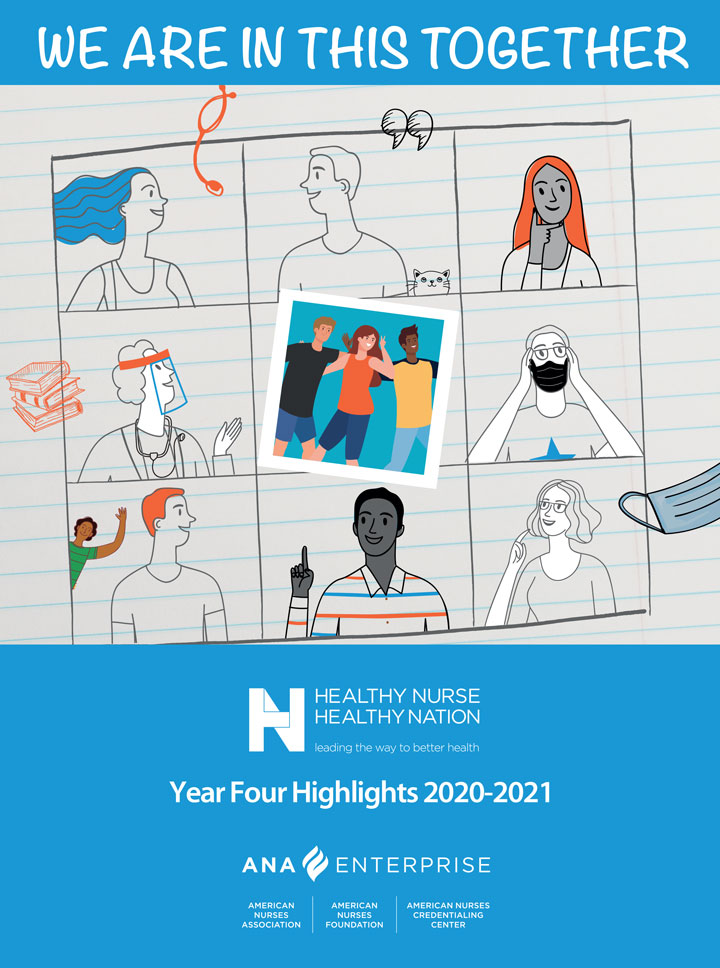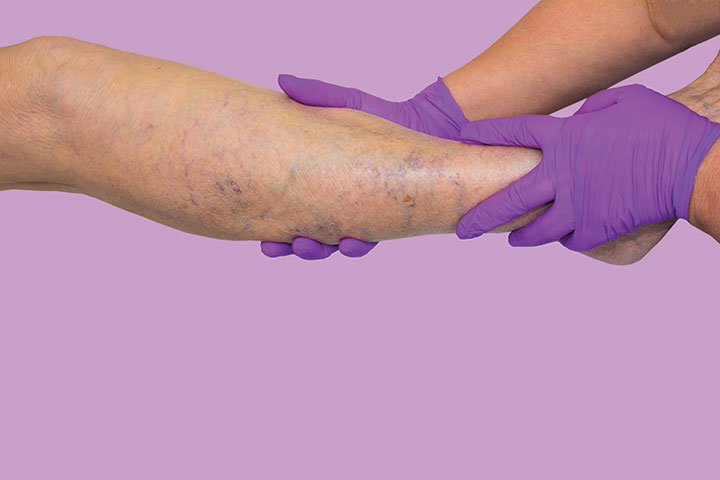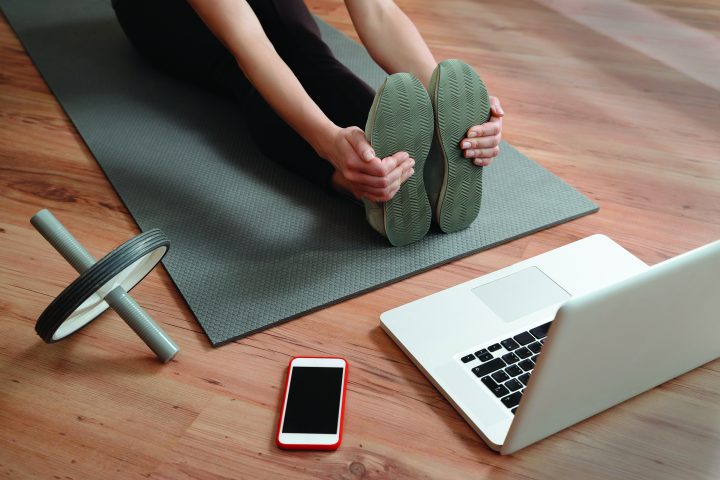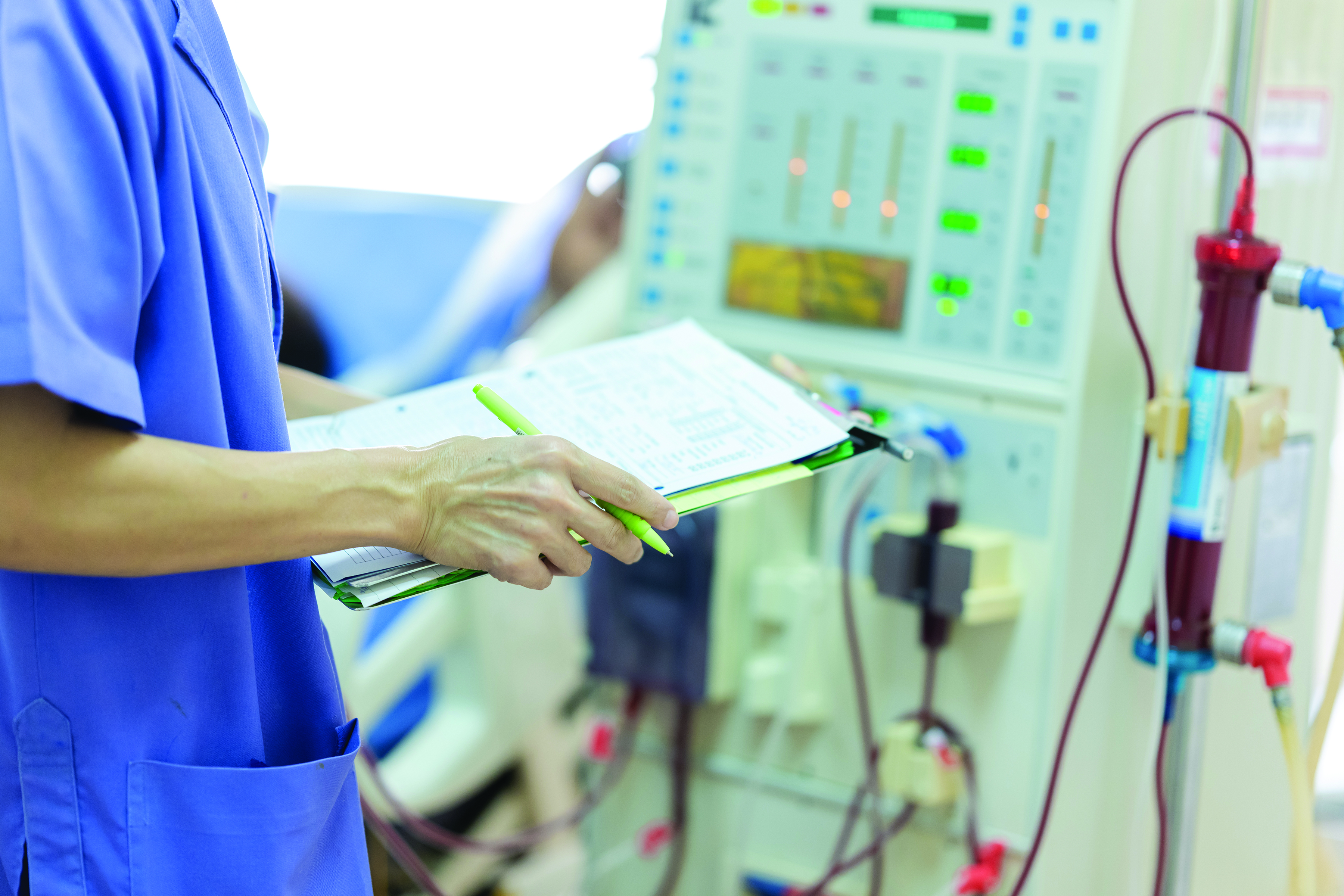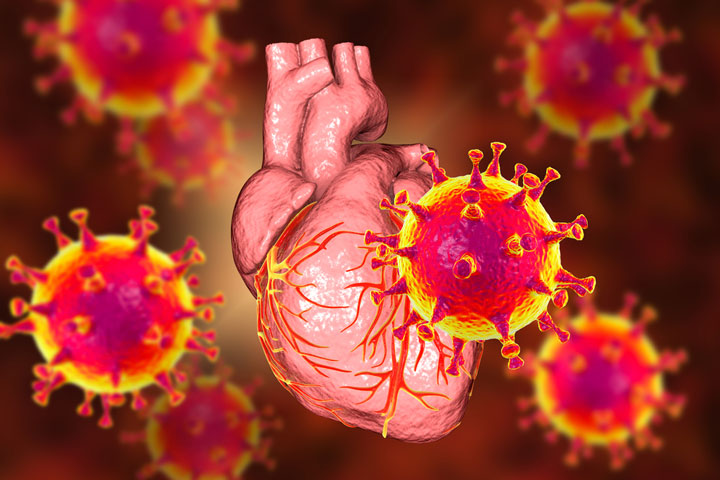Early identification results in a positive outcome.
Candance Walker* is a 28-year-old woman who arrives in a wheelchair in the emergency department accompanied by her husband. She’s crying and holding her right-side. Mr. Walker reports that his wife’s pain has worsened progressively over the past 6 hours. Ms. Walker doesn’t drink alcohol or smoke and has no known allergies or chronic medical conditions.
History and assessment
Ms. Walker has stopped crying and is able to answer the triage nurse’s (Madeline’s) questions. She reports having a fever, chills, right-sided flank pain, and nausea for 4 days, and she rates her pain as 10 out of 10. Her vital signs are BP 110/78 mmHg, HR 96 beats per minute, temperature 101° F (38.3° C), respiration rate 18 breaths per minute, and oxygen saturation 99% on room air. Madeline recognizes that Ms. Walker’s elevated temperature and increased heart rate may indicate sepsis.
Ms. Walker says she had a urinary tract infection (UTI) 3 weeks ago, but didn’t complete the prescribed antibiotic therapy. During the physical examination, Madeline notes that Ms. Walker’s abdomen is soft, non-distended, and tender to palpation in the lower abdomen. Percussion on the back at the right costovertebral angle reveals tenderness.
Taking action
Madeline recognizes Ms. Walker has the classic symptoms of pyelonephritis, including a recent UTI without completing the antibiotic regimen.
After the provider examines Mrs. Walker, he orders a 500 mL bolus of I.V. normal saline (NS), ondansetron 4 mg I.V. push, and oral acetaminophen 650 mg for pyrexia and pain. The provider also orders a complete blood count (CBC), comprehensive metabolic panel (CMP), urinalysis (UA) with culture, urinary human chorionic gonadotropin, two blood cultures, and a lactate level to rule out sepsis. Diagnostic tests include contrast computed tomography (CT) of the abdomen and pelvis.
All lab results are negative or unremarkable except the UA with culture, which is positive for pyuria, bacteriuria, and Escherichia coli. The contrast CT shows localized hypodense lesions in the right kidney and marked neutrophilic infiltration and edema.
The provider orders I.V. ciprofloxacin 400 mg (for patients allergic to ciprofloxacin, alternatives include levofloxacin, amoxicillin, or sulfamethoxazole/trimethoprim). Two days after completing the I.V. antibiotic, Ms. Walker is afebrile and rates her pain as 3 out of 10. At discharge, the provider prescribes oral ciprofloxacin 500 mg to be taken twice a day for 7 days. Ms. Walker is instructed to follow-up with her primary care provider in 1 week (sooner if symptoms return or for a fever higher than 101.5°F [38.6°C]).
Education
Madeline provides patient education to prevent recurrent infections. Ms. Walker is instructed to avoid a full bladder, empty her bladder completely when she has the urge to urinate, void after intercourse, and to drink fluids to avoid dehydration. Madeline also explains the importance of taking all the prescribed medications as ordered, even if symptoms subside.
Follow-up
Ms. Walker completes the antibiotics as ordered. She reports no UTI signs or symptoms at her follow-up appointment with her primary care provider, and her lab work is unremarkable. To rule out any underlying problems, the provider orders repeat urine cultures in 2 weeks and a contrast CT of the pelvis and abdomen in 3 months.
Acute pyelonephritis can be life-threatening and cause kidney scarring if not treated promptly. Fortunately, Madeline acted quickly.
*Name is fictitious.
The authors work at Fayetteville State University in Fayetteville, North Carolina. Alnita Jackson and Angela Stewart are assistant professors, and Monique Wallace is a lecturer.
References
Fulop T. Acute pyelonephritis. Medscape. July 1, 2021.
Herness J, Buttolph A, Hammer NC. Acute pyelonephritis in adults: Rapid evidence review. Am Fam Physician. 2020;102(3):173-80.
Johnson JR, Russo TA. Acute pyelonephritis in adults. N Engl J Med. 2018;378:48-59. doi:1.1056/NEJMcp1702758
National Institute of Diabetes and Digestive and Kidney Diseases. Symptoms and causes of kidney infections (pyelonephritis). April 2017.
Wagenlehner FME, Diemer T. RE: Acute pyelonephritis in adults. Eur Urol. 2018;74(5):676. doi:10.1016/j.eururo.2018.07.014






